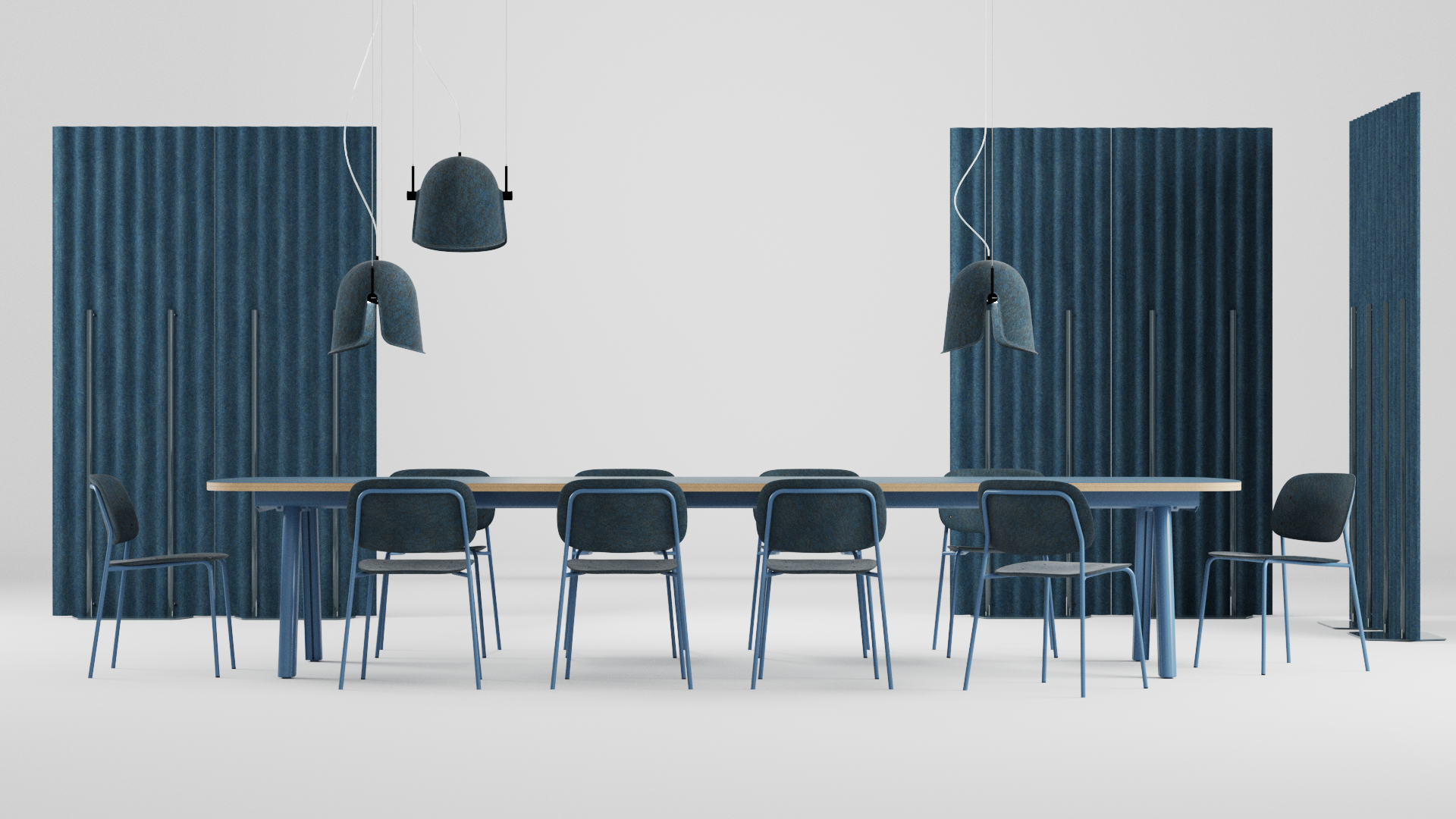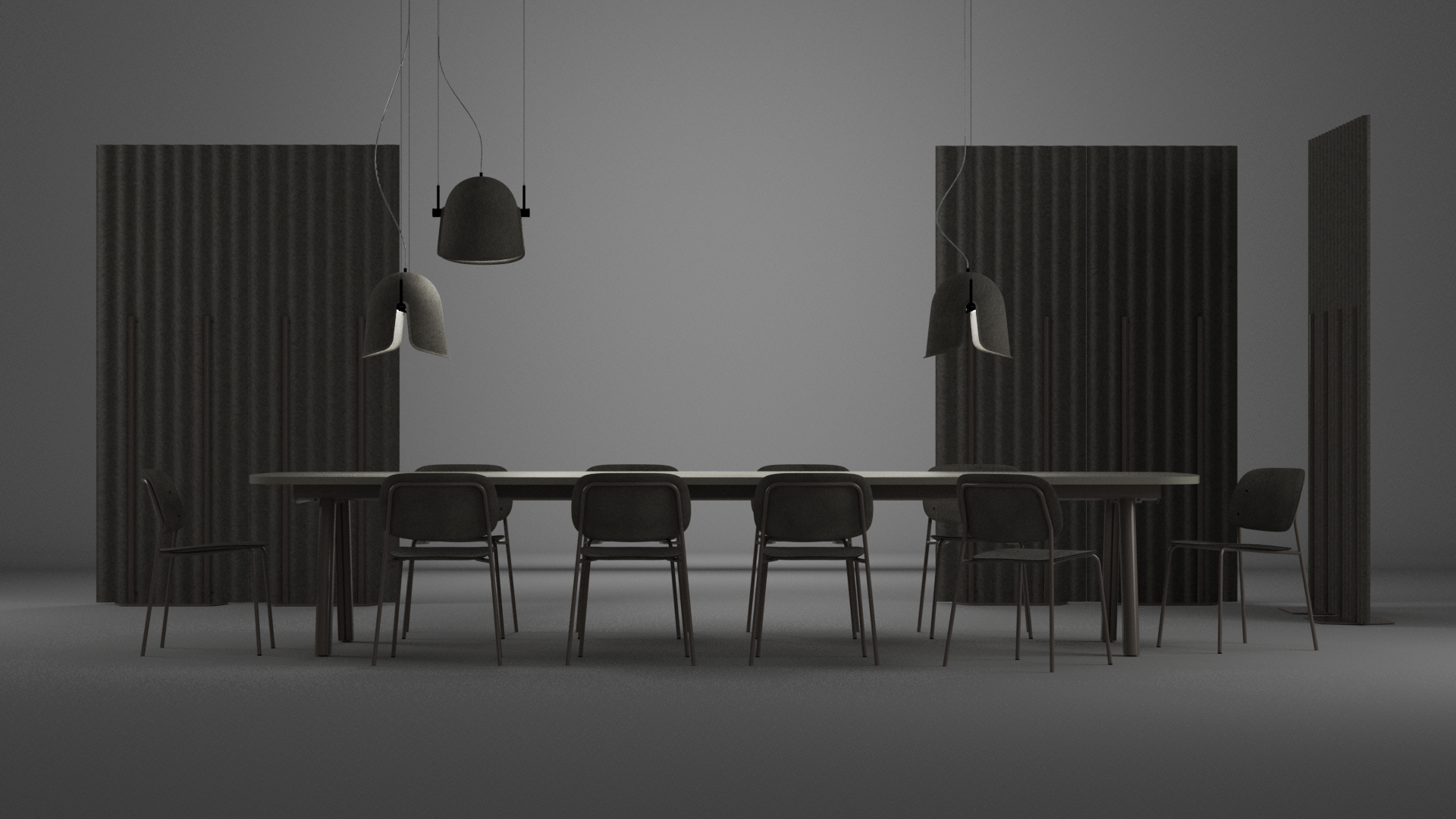Journal
The Office as USP
What is the first thing you notice when you walk into your office or workplace? How does it make you feel? It’s probably also what applicants notice and feel. You know what they say, you never get a second chance to make a first impression. So you want to make sure that your office makes a great impression to visitors, workers and potential new colleagues. Use the office as an USP. Use your office as a recruiting tool.
Attracting and retaining talent
Despite the economy and uncertainty, there are still 143 job openings for every 100 unemployed in the Netherlands. In the US, unemployment rates are still historically low, as they are almost everywhere.
According to a survey by PwC of 1,000 U.S. workers, some 65% are looking for a new job. Although nobody knows what the future holds, economists are certain that for some sectors, it will be hard to attract and retain talent. So for companies, it’s more important than ever to do whatever is necessary to win the so-called War On Talent.
But what can companies do? Gone are the days of ping-pong tables and nap pods as recruits and interview candidates seem no longer wowed by these “whimsical” workplace amenities.

Branding and design
Design can play a crucial role in attracting and retaining talent. And this goes way further than the before mentioned ping-pong tables. Branding and culture are key. An office should reflect the brand, its values and purpose. Through interior branding, designers can use a physical space to communicate a message about the company behind it. In other words, interior design is a tool to change the way people feel about the brand when they step through the door.
Workplace design isn’t just about what works in the current moment, designers and employers must look ahead to the next generation of office workers to anticipate their needs. This means that it is also an investment in the future wellbeing of employees.
Office as a destination, not an obligation (hybrid working)
With hybrid working and flexible work schedules, it may seem that the role of the physical workplace is getting less significant. But when people do come to the office, make sure that they get the most out of it.
From Gensler Design Forecast 2022:
“By reimagining the office as a destination rather than an obligation, and by creating a space that embodies company values and culture, companies can attract new hires while inviting existing team members back into an environment that truly prioritizes the human experience.”
Because of the changing working habits, architects and designers need to focus on those emerging needs by creating Intentional Workplaces, and enabling them through a physical space. An office should put people at the centre, by giving them a great environment to work in. Where they have the freedom to choose how and where to work. Creating togetherness and a sense of connecting with the company culture.

The takeaway
As the office is re-configured and re-thought, it is its role as the embodiment of company culture and identity, mission and purpose made physical, that has been least discussed and is, perhaps, least understood. But it is increasingly central to an office’s function, especially in a labour market which leaves companies competing for the most brilliant. By investing in workplace design, employers are investing in the wellbeing and happiness of employees. Not only for current staff, but also the new hires, whilst making it a bit easier to get new colleagues. To attract top talent, financials and culture remain key drivers in the job market, but must be articulated in the physical space as well.




